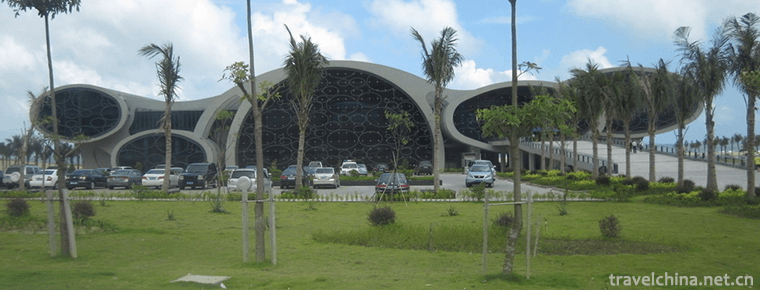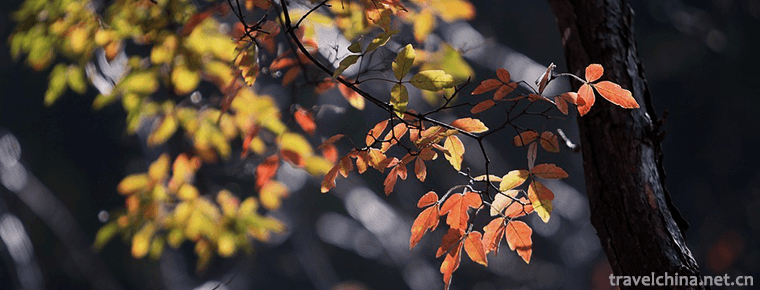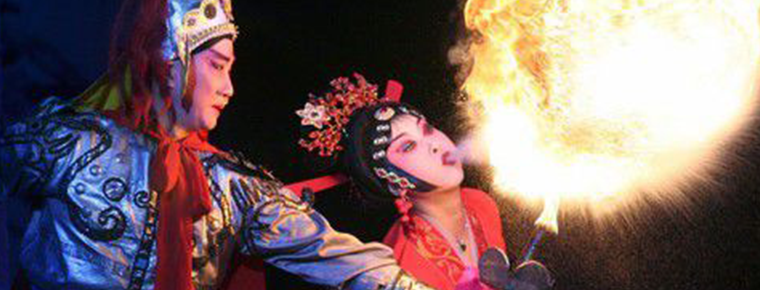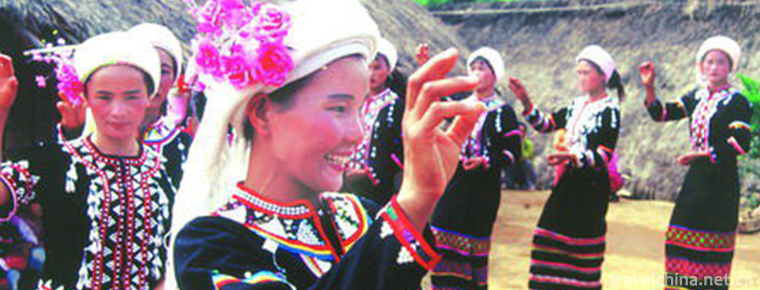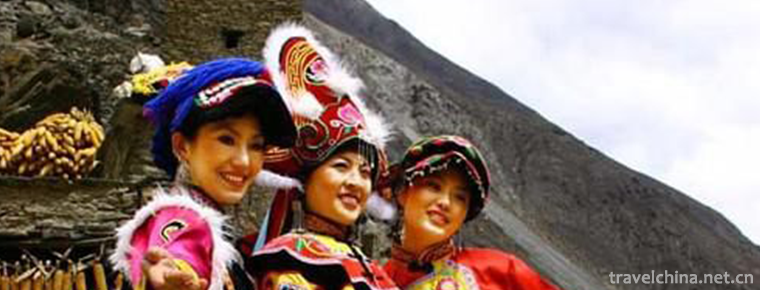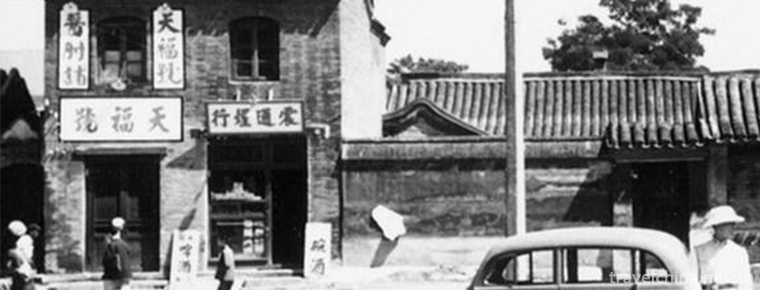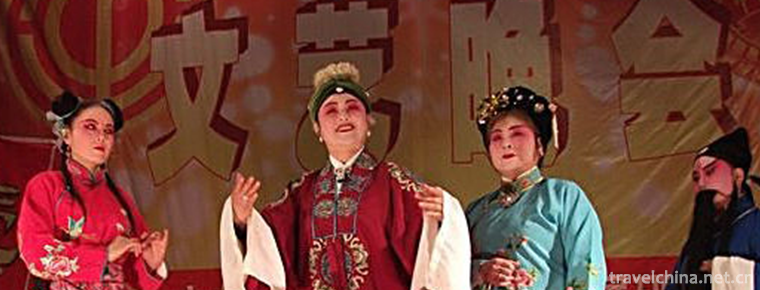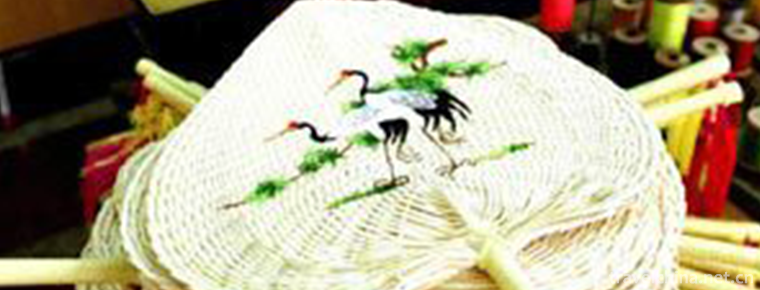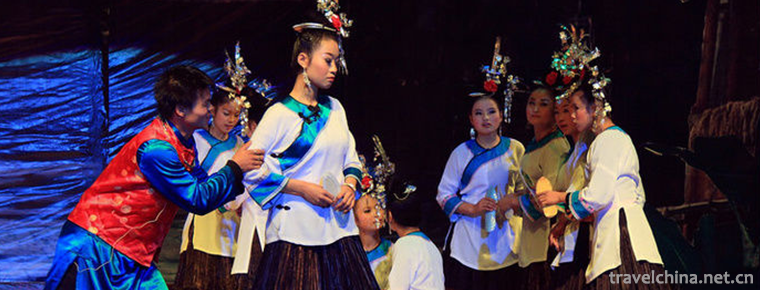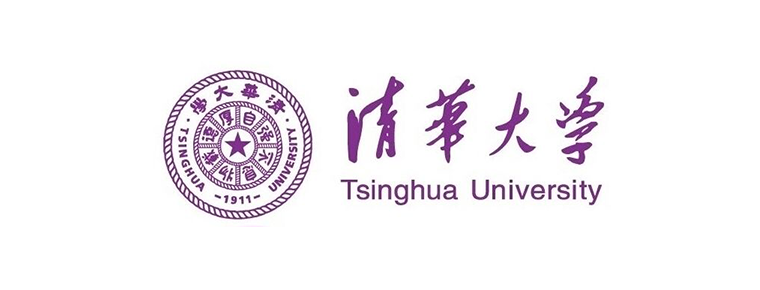Handmade Weaving Techniques of Wood Machine Cosmetics
Handmade Weaving Techniques of Wood Machine Cosmetics
Nanjing Yunjin wooden machine makeup and hand-weaving skills, the local traditional skills of Nanjing, Jiangsu Province, one of the national intangible cultural heritage.
Nanjing Yunjin woodworking machine cosmetics manual weaving process is complex, through more than ten steps such as "loading and cutting, barrier, cutting edge, finding broken ends, joints, dragging flowers, weft shaking, shuttle training, throwing shuttle, digging flowers through tubes, color matching of cosmetics, weaving and beating weft", more than 100 processes, take less than two or three months, more than four or five years to finally weave Nanjing Yunjin.
On May 20, 2006, the hand-weaving technique of makeup and flower on Nanjing Yunjin Wood Machine was approved by the State Council of the People's Republic of China and listed in the first batch of national intangible cultural heritage list, item number_-13. On May 15, 2018, this technique was selected as the first national revitalization catalogue of traditional crafts.
historical origin
Sprouting Period: Gaoguyi in Wei and Jin Dynasties
According to Yinyun of Nanliang Dynasty's "Yueling Generalization July Order", the hand-woven Nanjing Yunjin brocade began in the late Eastern Jin Dynasty. Prior to this, China's silk industry was concentrated in the north and Chengdu, Sichuan. In the thirteenth year of Yixi in Eastern Jin Dynasty (417), General Liu Yu of Eastern Jin Dynasty led troops to eliminate the post-Qin Dynasty, which was founded in Chang'an. He also moved all the Central Plains workers, including brocade craftsmen, from the far north to Jiankang (Nanjing), the capital of Eastern Jin Dynasty, and set up a brocade Bureau on the south bank of Qinhuai River, specially responsible for brocade production. During this period, Yunjin not only integrated the original silk weaving technology, but also joined the gold and silver thread as decoration which minorities loved. Brocade plus gold has become a unique feature of Yunjin Brocade, which is distinguished from other brocades.
Development Period: The Yuan and Ming Dynasties Inheritance
With the evolution of history, Yunjin made some progress in Tang and Song dynasties, but the more remarkable technological progress took place in Yuan and Ming dynasties. Since the Yuan Dynasty, the imperial court set up an official weaving organization in Nanjing. Yunjin was designated as imperial articles, and became a major material for Royal robes, crowns and dresses. Yunjin, featuring "make-up gold, make-up color, make-up peacock feathers", was used as Royal articles and noble gifts for Royal rewards.
The production of Yunjin in Yuan Dynasty was mainly conducted under the auspices and management of government-run weaving institutions. At that time, thousands of households and tens of thousands of craftsmen were managed by the government-run weaving institutions set up in Nanjing, which laid a good foundation for the development of Nanjing silk weaving technology. The rulers of Yuan Dynasty liked to use gold brocade and adorned silk and wool fabrics with gold, which inevitably affected the design and weaving of silk products. The "Kujin", "Zhijin", "Satin" and so on in Yunjin are the varieties that blinked down from the continuation of Jinjin in Yuan Dynasty. Gold decoration of silk fabric patterns has become an important decorative feature of Nanjing Yunjin. The Yuan Dynasty created many beautiful patterns of twigs, moires and auspicious patterns, which provided abundant references for the battle of brocade patterns in I Zheng and Qing Dynasties.
The weaving technology of Yunjin Brocade in Nanjing of Ming Dynasty is becoming more and more mature and perfect. Cosmetic fabric is the most representative product of Nanjing silk weaving in Ming Dynasty. Cosmetic fabrics were originally made of SATIN FLORAL fabric. Later, this color matching weaving technique was applied to fabrics with different textures and weaves, such as yarn, Luo, silk, silk and velvet. Its characteristics are "digging flowers and making up colours". The colours change richly and each flower has different colours, so as to achieve diverse and unified effects. In addition, the Ming Dynasty folk brocade weaving industry is also very prosperous.
The heyday: a school of distinction
In the second year of Shunzhi (1645), the Qing court had no Jiangning Weaving Department, which brought a new round of development opportunities for Yunjin in Nanjing. During the Qing Dynasty, Yunjin in Nanjing showed unprecedented prosperity. Qianlong and Jiaqing New Year asked that the development of Nanjing silk weaving industry is at its peak. There are more than 30,000 looms and more than 200,000 men and women weavers in the city alone, accounting for about one third of the city's population. Nanjing silk industry led by Yunjin became the pillar industry of Nanjing's economy at that time.
In terms of technology, Nanjing Yunjin in Qing Dynasty inherited the achievements of Ming Dynasty and developed more maturely, especially in the production technology and quality of gold thread, and the techniques of decorating fabrics with gold were more varied. Compared with the brocade of Ming Dynasty, the brocade of Qing Dynasty is more delicate and exquisite. In Kangxi period, the rules of Song Dynasty were mostly imitated, and the golden thread was as fine as hair. In Yongzheng period, the color matching was beautiful, elegant and self-contained. During the Qianlong period, the brocade style of the Han Dynasty and the Tang Dynasty was imitated while the Western style and weaving method were absorbed, which promoted the new change of brocade style.
Decline Period: The Beginning of Decline in the Chaotic Era
The 1911 Revolution broke out. With the collapse of the feudal dynasty, Nanjing Yunjin, as a royal tribute, lost its original meaningful social foundation and continued to exist in a way, and gradually declined. On the one hand, after years of war and social changes, the Yunjin silk weaving industry suffered serious damage. Since then, the outbreak of the Anti-Japanese War and the civil war launched by the Kuomintang have worsened the situation. Yunjin production has almost been cut off and almost disappeared in the south of the Yangtze River. On the other hand, the decline of Yunjin in Nanjing is also related to the conservative handicraft technology and the way of inheritance from generation to generation. Yunjin industry has always been a "female character, technology can not be given"; "passengers into the engine room, shutdown cover" conservative conventions. It is inheritance of descendants to lead the line of meridians and joints, and outsiders are not allowed to take over. This also hinders the development of Yunjin production technology and accelerates its decline process.
Recovery Period: Renewal of Life on Time
After the founding of New China, the Communist Party of China and the government attached great importance to Nanjing Yunjin, a precious national science and technology culture. In 1956, Chairman Mao and Premier Zhou instructed successively to inherit and carry forward the Yunjin craft.
In 1957, in order to rescue the lost production skills of Yunjin, Nanjing Cultural Department set up a Yunjin Research Group in Nanjing, headed by Chen Zhibuddhism, an expert in Arts and crafts. Its main task was to excavate and collate the traditional art materials of Yunjin, summarize the experience of old artists and the characteristics and rules of Yunjin's skills, and develop new products at the same time. As the only professional research institute of Yunjin in China, "Nanjing Yunjin Research Institute" undertakes the historical task of inheriting and protecting Yunjin culture.
Inheritance and Protection
Inheritance value
In ancient Silk fabrics, "brocade" represents the highest technological level of the fabric, its skills can be used as a typical representative of traditional weaving process. The weaving technology of Nanjing Yunjin is a rigorous and systematic project, which contains rich cultural and technological connotations. It can provide empirical materials for the history of Chinese technology, technology and culture.
Current situation of inheritance
With the development of modern science and technology, new varieties of silk weaving are constantly emerging, the market demand for Yunjin is decreasing, coupled with a long learning cycle, monotonous, dull and intensive labor, young people are unwilling to engage in this work, and the handmade weaving technology of Nanjing Yunjin Wood Machine is in danger of being lost.
Heritage figures
Zhu Feng, male, was born in March 1915. In June 2007, Zhu Feng was selected as the representative successor of the first batch of national intangible cultural heritage projects. Nanjing, Jiangsu Province, declared the project: Nanjing Yunjin Wood Machine Cosmetics Handmade Weaving Technology.
Jinwen, male, was born in October 1954. In May 2009, Zhou Shuangxi was selected as the representative successor of the third batch of national intangible cultural heritage projects. Nanjing, Jiangsu Province, declared the project: Nanjing Yunjin Wood Machine Cosmetics Handmade Weaving Technology.
Zhou Shuangxi, male, was born in July 1955. In May 2009, Zhou Shuangxi was selected as the representative successor of the third batch of national intangible cultural heritage projects. Nanjing, Jiangsu Province, declared the project: Nanjing Yunjin Wood Machine Cosmetics Handmade Weaving Technology.
protective measures
In 1954, the "Yunjin Research Group" was established, which was upgraded to the "Nanjing Yunjin Research Institute" in 1956. As the only professional research institution of Yunjin in China, it undertakes the historical responsibility of inheriting and protecting Yunjin.
In 1973, the Yunjin Research Institute of Nanjing expanded its young team of nearly 100 people and set up a test factory to rescue and develop the folk brocades of all nationalities in China.
In 1982, the former Ministry of Light Industry of the People's Republic of China decided to set up the "China Brocade Technology Research and Production Experimental Center" on the basis of the Yunjin Research Institute, and established the Brocade Professional Committee under the leadership of the Chinese Society of Arts and Crafts. The Institute was the chairman of the Committee and the seat of the Institute. At the same time, the "China Brocade Technology Exhibition Museum" was prepared in the Institute, which made the Institute in progress. National Brocade Industry Center. Under the leadership and support of the State Administration of Cultural Relics, the Institute became the experimental base for the reproduction of ancient silk cultural relics of the Bureau of Cultural Relics in 1986.
In 1994, Nanjing Yunjin Research Institute and Nanjing Tourism Bureau cooperated in the preparation of "China Brocade Village", which enables the brocade technology of all ethnic groups in China to be fully protected and presented to the world in the form of physical objects and real scenes.
social influence
Important Exhibitions
On December 30, 2013, the "Silk Memory - China Silk Weaving Embroidery and National Inmaterial Cultural Heritage Project Special Exhibition" opened in Beijing. The National Inheritance Project and its representative inheritors demonstrated their skills on the spot. Publicize and promote the protection of non-heritage sites and other undertakings.
In May 2015, the "Brilliant Jiangsu - Traditional Embroidery and Dyeing Skills Exhibition" was held in Beijing. The exhibition gathered more than 10 representative projects of intangible cultural heritage, such as Nanjing Yunjin Wood Machinery, Cosmetics and Handmade Weaving Skills. The inheritors perform on the spot, so that the audience can deepen their impression of Africa.
In September 2018, the fifth China intangible cultural heritage exposition was held in Nanjing. The exhibition shows the diversity and richness of Chinese embroidery and brocade pattern creation, and reflects the characteristics that the rich brocade culture originates from nature and life.
Honorary recognition
In 1929, at the first West Lake Exposition, the "Nine Dragons of the Chinese Century" won the gold medal by Nanjing Jinsuo Yunjin Research Institute.
In 2003, at the West Lake Expo, Jin Wenyun Brocade Research Room of Nanjing Museum won the bronze prize for "Zhizhen Golden Peacock and Feather Tuanlong".


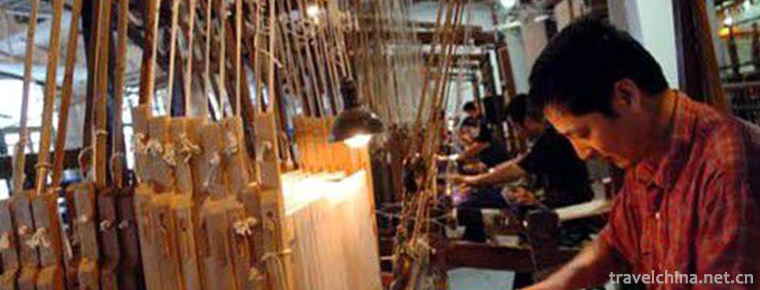
-
Guangdong Marine Silk Road Museum
The Guangdong Marine Silk Road Museum is located on the "Shili Silver Beach" of Hailing Island Experimental Development Zone, Yangjiang City, Guangdong Province. The total construction area .
Views: 120 Time 2019-01-13 -
Songxian Tianchishan National Forest Park
The Tianchishan National Forest Park in Songxian County, Luoyang City, is located in Xionger Mountains, northwest of Songxian County, Luoyang City, with a total area of 1716 hectares and a forest cove.
Views: 133 Time 2019-02-13 -
Yongshun Tusi City Site
Laosicheng Site in Yongshun, Hunan Province, is located in Laosicheng Village, Lingxi Town, more than 20 kilometers east of Yongshun County, Tujia and Miao Autonomous Prefecture.
Views: 222 Time 2019-03-05 -
Two tones of Han tune
Originally known as "Shan Er-huang", "Tu Er-huang" or "Shan Er-huang", the second largest traditional opera in Shaanxi Province is one of the traditional local operas in .
Views: 128 Time 2019-05-02 -
Lusheng Dance of Lahu Nationality
Hulusheng dance is a representative of the Lahu nationality. It mainly spreads in busy Nuo Township, Mengmeng Township, Dawen Township, Mengku Township and other Lahu villages in Shuangjiang .
Views: 166 Time 2019-05-10 -
Valorafo Festival of the Qiang Nationality
The "Valorafo Festival of the Qiang Nationality", known in Chinese as the "Song Fairy Festival" or "Leading Song Festival" and "Song Invitation Festival", is a .
Views: 172 Time 2019-06-10 -
Manufacturing Techniques of Tianfu Sauce Elbow
Tianfu Sauce Meat Shop was founded in 1738, the third year of Qianlong in Qing Dynasty, when Shandong was in a severe drought and there was no grain harvest. Liu Fengxiang, a man from Yexian County, S.
Views: 166 Time 2019-06-20 -
Xihe Opera
Xihe Opera, also known as Xingzi Xihe Opera, is a traditional opera popular in Xingzi, De'an and Jiujiang counties and cities of Jiangxi Province. Its main vocal cavity is Pihuang, also known as ".
Views: 124 Time 2019-07-01 -
Xinhui Sunflower Art
Xinhui Sunflower Art, a traditional Chinese handicraft, originated in Xinhui District, Jiangmen City, Guangdong Province. Xinhui Sunflower Art has a history of more than 1600 years, and became famous .
Views: 125 Time 2019-07-06 -
Zhulang Niangmei
Zhulang Niangmei is a work of Dong Opera in Guizhou Province. At the end of the Qing Dynasty, Liang Yaoting and Liang Shaohua, Dong opera masters in Congjiang County, Guizhou Province, adapted Dong dr.
Views: 141 Time 2019-08-10 -
Tsinghua University
The campus of Tsinghua University is situated in northwest Beijing on the site of the former imperial gardens of the Qing Dynasty, and surrounded by a number of historical sites..
Views: 185 Time 2019-08-31 -
Huaibei Normal University
Huaibei Normal University, or Huaibei Normal University, is a multi discipline. Provincial Key Universities Selected Infrastructure construction of universities in the central and Western Regions (pha.
Views: 226 Time 2019-11-15
